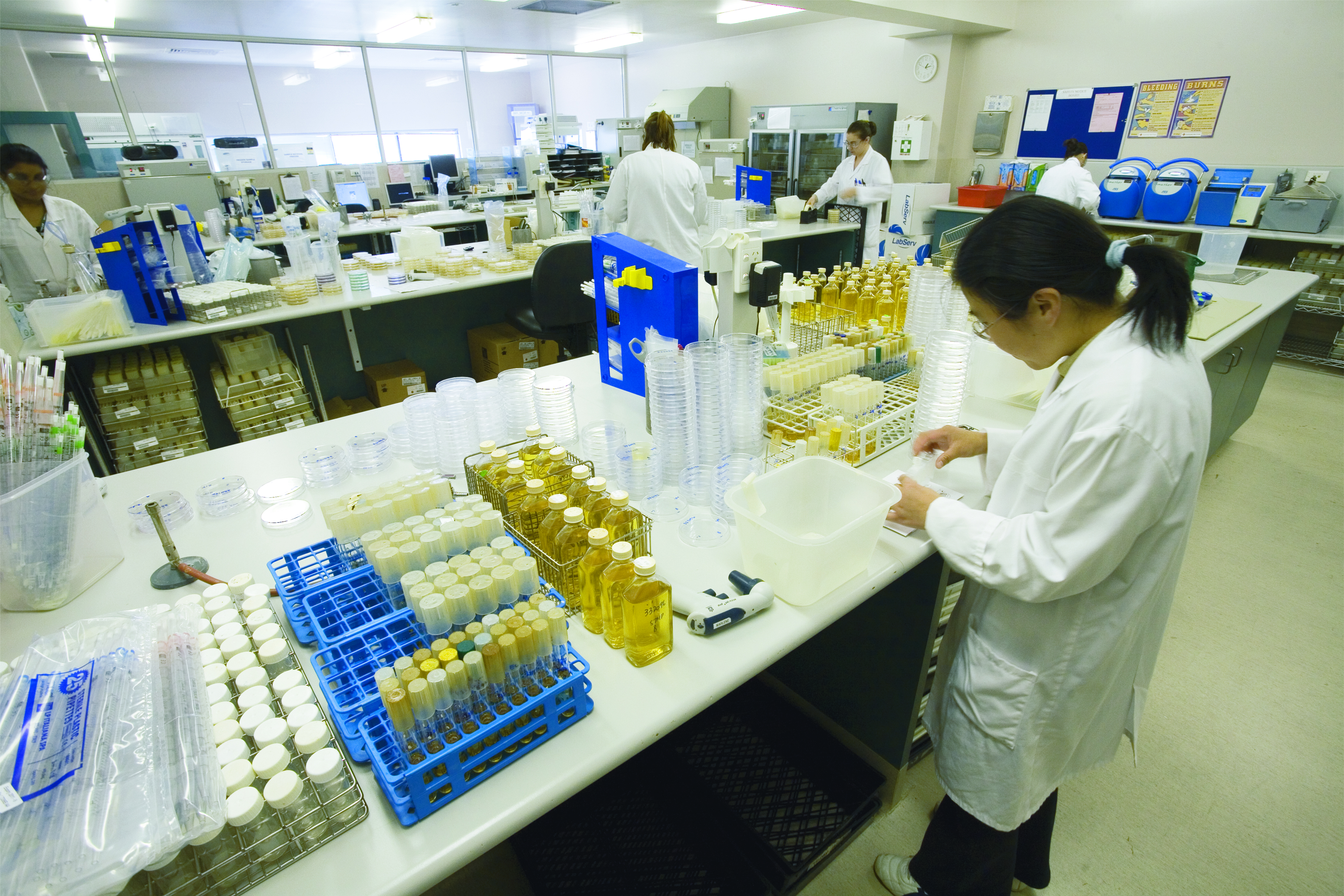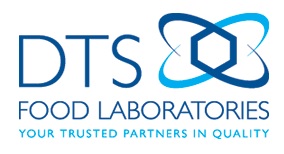From IBS to DTS: The FODMAP Friendly Food Journey
Posted on December 20, 2016
DTS is the Link Between Eating with Confidence and Reducing Symptoms of IBS
“What can I eat so that I won’t get symptoms?”
This is the most common question IBS patients ask their dietitian, GP, or gastroenterologist. IBS gets in the way of life’s simple and most enjoyable activities. Often you are scared to go too far from a toilet, feel uncomfortable wearing tight jeans, and are very wary of food. Knowing what to eat and what to avoid puts the power back in your hands. It makes symptoms predictable and avoidable. However, to regain this power you need to follow two steps:
- Work with a dietitian to identify your specific and individual triggers.
- Know what foods contain these triggers, because “we eat food, not triggers”.
Today we discuss the second part – How to identify the foods that will be safe to eat and those that will potentially cause less ‘friendly’ abdominal symptoms.
How to identify foods that contain FODMAPs?
At FODMAP Friendly, we test foods and food products for their FODMAP content. You can find our FODMAP Friendly information in two places:
- Via our FODMAP Friendly smart phone app: https://fodmapfriendly.com/app/.
- Through our FODMAP Friendly Certification Program, which incorporates the FODMAP Friendly logo onto low FODMAP products we test. Find out more about our certified logo here: https://fodmapfriendly.com/the-fodmap-friendly-program/.
Who do we use to test our foods?
At FODMAP Friendly we entrust Dairy Technical Services (DTS) to test our foods and food products. DTS has been a market leader for food and beverage testing, with the largest food microbiology and chemistry laboratories here in Australia for over 60 years. They are passionate about health, food and nutrition and ensure quality and safe products are available on our supermarket shelves. They provide analytical and testing services to some of Australia’s largest food and beverage companies. DTS provide chemistry and microbiological testing of foods for allergens, nutritional content (energy, fats, proteins & fibre), pathogens, mould, GMOs and, of course, FODMAP content.
Why we use DTS
DTS only use state of the art equipment and have stringent controls and checking systems in place to ensure the highest quality results. They are also NATA-ISO 17025 accredited, this means they must meet high standards and provide evidence of this annually to maintain their accreditation. Food Standards Australia and New Zealand (FSANZ) also specify that foods should be analysed in a NATA accredited lab. NATA accreditation also extends to the import and export market. This means DTS is an approved laboratory for assessing the requirement that imported foods meet Australian standards and that food exports are of the highest quality.
How do DTS test for FODMAPs?
Testing for FODMAPs involves a detailed analysis which needs multiple controls and steps to yield accurate results.
Step 1:
Samples are collected of either the whole food or the food product depending on which is going to be tested. The number of examples provided varies based on the type of food being tested, but is always done in accordance with rules as approved by the the Australian Competition and Consumer Commission (ACCC) for the Certification Trademark.
Step 2:
When samples arrive at DTS they are recorded and labelled. This allows them to be tracked at all times; ensuring foods requiring refrigeration are stored correctly, and that foods are tested in a timely matter without being left to perish. Samples are logged, processed, and then leave each department of the testing process.
Step 3:
Samples are then prepped for testing. This involves grinding, blending and sieving each of the foods provided to ensure the sample taken is representative of the food and will therefore give an accurate result. Over time it is becoming more and more evident that FODMAP content of foods is affected by processing, cooking or canning. Often a product will be tested in more that one form to account for these variations.

Step 4:
The next part of the process involves extracting and measuring the short chain carbohydrates, or FODMAP molecules. This testing is conducted in line with ACCC specifications of either High Pressure Liquid Chromatography (HPLC) or Enzyme test kits or a combination of both. Before each batch of food samples is tested for FODMAPs, the equipment to be used is calibrated to ensure accuracy. Once foods are tested, the scientist is able to report back to FODMAP Friendly on the type and amount of FODMAPs found in a specified sample size.
Step 5:
This is a quality control step, if a product is highlighted as having elevated amounts of a particular FODMAP or FODMAPs, the sample is then checked for other compounds that may artificially raise the FODMAP content. Working with a specialist laboratory with significant experience in testing FODMAPs and other food elements, such as DTS, has identified a number of critical steps to ensuring accurate and reliable results.
Step 6:
The data is then provided in a report to our team at FODMAP Friendly, who will compare the data to the threshold levels relevant to a low FODMAP diet to identify if a food can be considered low FODMAP or at which serving size it is likely to cause symptoms for most people with IBS.
Step 7:
The final step in the process is where we advise the product manufacturer that their product has been tested and approved as being low FODMAP, they are formally licensed and an update is made to the FODMAP Friendly smart phone app and our website.
Final Thoughts
Here at FODMAP Friendly we take pride in using stringent methods and controls to bring you accurate and reliable information. Our goal is to support you in your FODMAP journey to enjoy food again and Eat with Confidence!










